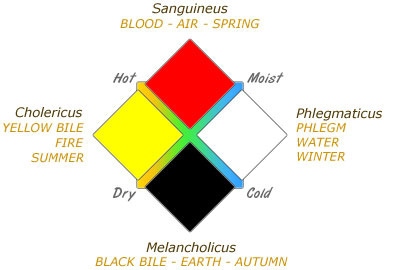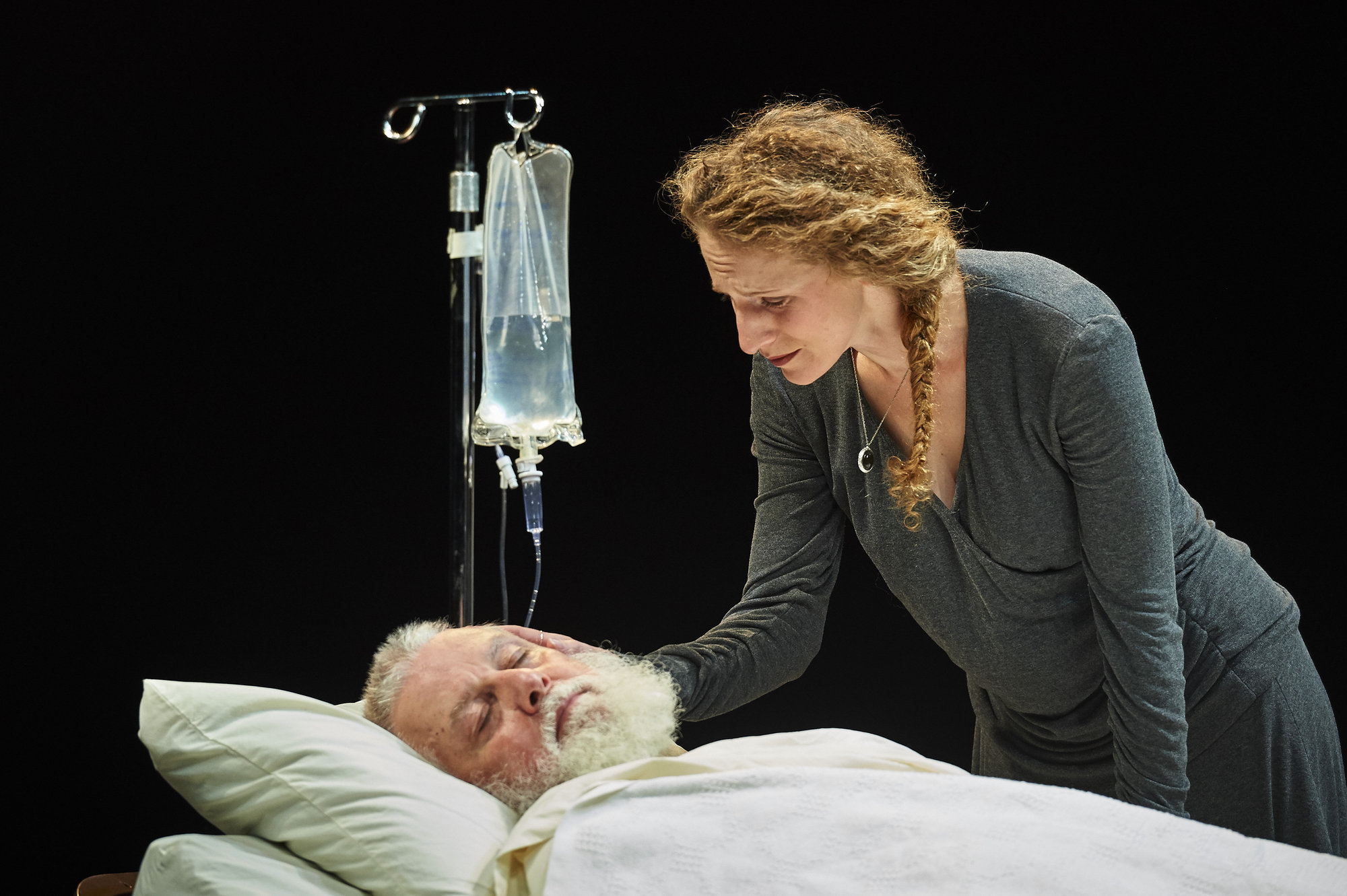Elizabethan Medicine
Choler
“The unruly waywardness that infirm and choleric years bring with them.”- Goneril
Traditional medicine was a combination of folk and learned traditions. As a result Renaissance medicine drew upon on the language and system of the bodily fluids- outlined by classical writers such as Galen in the second century AD.
Outside agents were not seen to be the cause of diseases rather people regarded health as a matter of balance or imbalance, and rigorously treated their bodies to achieve balance. Humoralism saw bodies and emotions as created by a balance of fluids; different levels of which produced 4 types of personality types.
Both personality and health were influenced by changes in one’s humours which in turn were influenced by changes in one’s humours such as air, climate, food, motion of the stars and planets, rest and even passions.
It was believed that four humours or fluids entered into the composition of a man:
• Blood
• Phlegm
• choler ( or yellow bile)
• melancholy ( or black bile)
According to this belief, the predominance of one humour over the others determined a person's temperament as sanguine, phlegmatic, choleric, or melancholy. Furthermore, they believed that too much of any of them caused disease, and that the cure lay in purging or avoiding the peccant humour, as by reducing the amount of blood by cupping or reducing the bile by means of drugs.For the Elizabethans, the mind and body were not separated as in Descartes’ philosophy, but were much more intimately linked, agents in each other’s creation.
In Bartholomeus' model madness caused by an excess of choler is called "the frenesie". Its signs are "woodnes and contynual wakynge, mevynge and castynge aboute the eyen, ragynge..." (3). It is caused by the red choler "made lyght with heate of it self... ravysshyd upwarde by veynes, synewes, wosen and pypes" (2). The cure involves bleeding the patient, shaving his head and applying vinegar and ointment to the head. However it also recommends creating a calm environment for the patient, feeding him a sparse simple diet, and "above all things... men shall labour to bringe hym a slepe" (3-4). Kent seems to be aware of this most important part of the cure, and through him we realize that Lear's madness may have been shortlived had he been able to rest before fleeing to Dover
Hysterica Passio
“O, how this mother swells up toward my heart! Hysterica passio, down, thou climbing sorrow!”- King Lear
“The mother” was a Renaissance term for an illness that felt like suffocation; characterized by light-headedness and strong pain in the stomach, its symptoms resemble those of emotional trauma, grief, and hysteria.


